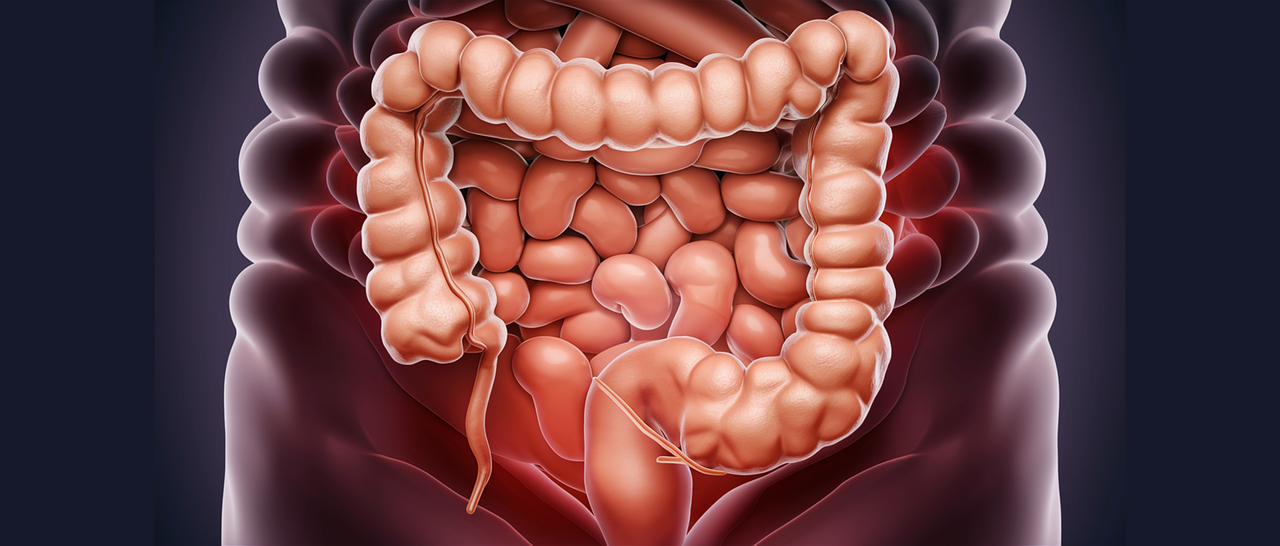
Health begins in the gut – this isn’t a catchy slogan, but an increasingly well-documented scientific fact. Every year, more and more studies show that gut microbiota, the community of trillions of microorganisms that inhabit our intestines, influences not only digestion but also immunity, mood, metabolism, and even the risk of developing lifestyle diseases.
A team of researchers from the Wroclaw Medical University – Sylwia Smolińska, MD, PhD, Magdalena Zemelka-Wiącek, PhD, WMU professor, and Florin-Dan Popescu, PhD, from the Romanian University of Medicine and Pharmacy – has prepared a review of current knowledge on four groups of so-called biotics: prebiotics, probiotics, synbiotics, and postbiotics. All of them have a beneficial effect on gut flora and strengthen the intestinal barrier – our internal “line of defense.”
Who’s who in the world of biotics?
Prebiotics are “food” for good bacteria. They include fiber, inulin, FOS (fructooligosaccharides), and GOS (galactooligosaccharides). Although they don’t contain bacteria themselves, they support the growth of those already inhabiting our intestines.
Probiotics are live microorganisms, such as Lactobacillus or Bifidobacterium , that enter the digestive tract from the outside. They support immunity, improve digestion, inhibit the growth of pathogens, and have anti-inflammatory properties. Additionally, as Dr. Sylwia Smolińska notes, some probiotic strains, such as Lactobacillus rhamnosus GG , may support the development of food tolerance in children with allergies.
Synbiotics combine the benefits of prebiotics and probiotics. They consist of selected microorganism and substrate pairs that mutually enhance each other’s effects.
“Synergistic synbiotics are particularly promising, as they can be effective even in people who have not previously responded to other forms of therapy. Personalizing their selection and conducting further research on their long-term health impact are crucial,” says Dr. Magdalena Zemelka-Wiącek.
Postbiotics are a new generation of biotics. They consist of dead bacteria, their fragments, and metabolites such as short-chain fatty acids. They are particularly valuable for individuals with weakened immune systems because they do not colonize the intestines while simultaneously acting directly on epithelial cells. As Dr. Sylwia Smolińska emphasizes, postbiotics currently demonstrate the strongest and most comprehensive action of all biotic groups in supporting the integrity of the intestinal barrier.
When your gut starts leaking
Trillions of microbes are in a constant struggle for balance. When gut microflora becomes disrupted—known as dysbiosis—consequences can include inflammatory bowel disease, irritable bowel syndrome, obesity, type 2 diabetes, and even depression and food allergies.
Biotics are emerging as a response to these challenges. They are not “just-in-case” supplements, but precise therapeutic tools that build the intestinal barrier. Their actions include strengthening tight junctions, inhibiting epithelial cell apoptosis, stimulating mucin secretion, and lowering pH, which limits the growth of pathogens.
It is this multifaceted approach that, as Dr. Smolińska emphasizes, means that biotics have a positive impact on the intestinal microbiota, and consequently, on the development of immunological tolerance.
The Future of Microbiome Therapy
This article focuses on postbiotics – a quiet but promising hero of the future. Stable, safe, and biologically active, they are already finding applications not only in supplements but also in functional foods and cosmetics.
The biotics market is growing at a dizzying pace, expected to reach over $100 billion by 2030. The focus today is on personalizing microbiotic therapies, i.e., matching strains to the patient’s microflora.
As Dr. Zemelka-Wiącek notes, the individual microbiota profile and the patient’s underlying disease should determine the choice of biotic. In the future, microbiome analysis may be as routine as a blood count, and just as important. And biotics, though microscopic, will become macro-scale allies in building health from the ground up.
Did you know that…
- Gut dysbiosis, or an imbalance in the microbiota, can affect not only the digestive system but also mood, brain function, and the development of depression. The gut and brain communicate through the gut-brain axis.
- Postbiotics , although they do not contain live bacteria, can strengthen the intestinal barrier more effectively than probiotics? They contain, among other things, short-chain fatty acids and lipoteichoic acids, which protect the epithelium and support immunity.
- Can Lactobacillus rhamnosus GG support the development of food tolerance in children with milk allergy? When added to protein hydrolysate, it accelerated symptom resolution.
- biotics influence the production of mucin and tight junction proteins, preventing the so-called leaky gut syndrome?
- prebiotics such as inulin increase the production of butyrate – a short-chain fatty acid that nourishes colon cells and has anti-inflammatory properties?
Source:
Smolińska S., Popescu F.-D., Zemelka-Wiącek M. (2025). A review of the influence of prebiotics, probiotics, synbiotics, and postbiotics on the human gut microbiome and intestinal integrity. Journal of Clinical Medicine, 14(11):3673. DOI: 10.3390/jcm14113673
Photo – Pixabay







